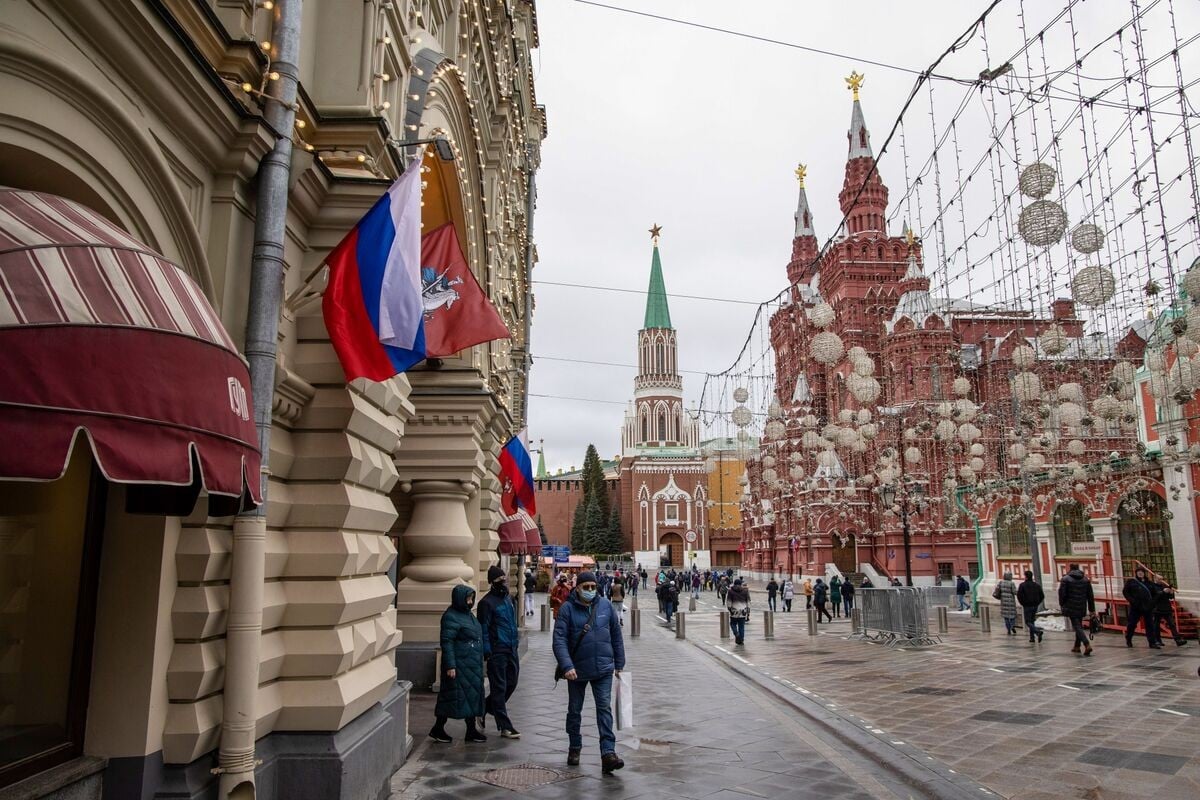 |
| According to the IMF, the Russian economy is forecast to grow 1.5% this year. (Source: Bloomberg) |
Even the International Monetary Fund (IMF) has sharply increased its forecast for Russia. The IMF expects Russia's gross domestic product (GDP) to grow by 1.5% this year and 1.3% in 2024, after falling in 2022.
Meanwhile, President Putin believes that this year's growth will be 2.8%. And that is twice as high as the Russian government predicted in April this year. What makes Russia so unique?
“Gray” fleet, exploiting transit centers
“The sanctions have not achieved their main goal, which is to cause irreparable damage to the Russian economy. I think that over time, scholars will carefully study the Russian experience, which is unique in many ways,” said Maxim Maximov, Associate Professor of the Faculty of Entrepreneurship and Innovation at Plekhanov University of Economics (Russia).
Of course, there are examples like North Korea or Iran, which have also developed quite successfully under the pressure of external sanctions. However, none of these countries has been able to withstand almost the entire power of NATO and at the same time ensure such significant economic growth.
First, Russia has succeeded in forming its own “gray” fleet, ready to carry Russian oil and make money from it. The problem with insurance has now been solved.
According to French analytics firm Kpler, which collects data on commodity markets and maritime analytics, in August 2023, about 75% of fuel shipments by sea were carried out without Western companies' marine insurance, the main tool for implementing the embargo.
There are 3 types of oil tankers as follows:
“Clean” fleet, tankers that do not exhibit any suspicious behavior (flag changes or unclear ownership structures). These vessels are easily identified and operate within the law.
The “grey” fleet is a completely new phenomenon that emerged after the Russia-Ukraine conflict. The origin of the ships and their owners are concealed to avoid sanctions. A large number of ships change flags. There are currently about 900 “grey” ships (approximately 8% of the global fleet).
In terms of the number of “gray” vessels, in 2022, Russia was the absolute leader: 42% of all “gray” vessels in the world, 21% from Liberia, 15% from the Marshall Islands. Before the war, 2.6 million barrels of Russian oil per day were transported by “clean” vessels, but after February 24, 2022, this oil was transported by the “gray” fleet.
Dark fleets are used to transport illegal or sanctioned goods. They turn off automatic identification systems and use technology to hide and falsify their location. There are currently about 1,100 dark fleet vessels, accounting for about 10% of the global merchant fleet.
The top 5 countries in terms of the number of “dark” fleet vessels include 33% from Panama, 28% from Liberia, 15% from the Marshall Islands, 14% from Russia and 8% from Malta.
Exports of oil and petroleum products from Russia have not stopped. The Financial Times reported that the European Union (EU), which imposed sanctions, continues to receive raw materials from Russia in large quantities, but not directly, but through third countries.
Swiss trader Glencore shipped thousands of tonnes of Russian copper via Türkiye to Italy in July this year; India supplies the EU with thousands of tonnes of petroleum products made from Russian oil. As a result, Europe’s dependence on Russia remains, but Turkey, China, India and the UAE have become transit points between the EU and the Russian Federation.
The Financial Times stressed that this "reduces the effectiveness of Western sanctions".
Meanwhile, billionaire Oleg Deripaska (one of Russia’s richest men) expressed “surprise” at the resilience of the Russian economy. This billionaire believes that Moscow has “survived” the attempt to isolate the economy by developing new trade relations with countries in the southern hemisphere and increasing government investment in domestic industrial production.
Dynamic private sector
“I was surprised at how resilient the private sector was,” Deripaska said. “I thought that 30 percent of the economy would collapse, but in fact it was much less. Military spending and government subsidies have decreased, but the decline has not been dramatic. The private sector has found a way to operate and is doing it successfully. Sanctions were a tool of the 19th century, and they are no longer effective in the 21st century.”
Vladimir Chernov, an analyst at Freedom Finance Global, also said that if the Russian economy grows by at least 2.1% by the end of this year, we can talk about a full recovery. In the second quarter of 2023, Russia's GDP grew by 4.9%, while in the second quarter of 2023 it fell by 4.5%.
Industry is another important indicator of the recovery of the Russian economy. “Industrial production has been falling for 11 consecutive months since April last year. However, starting from March 2023, the sector began to grow again,” Chernov noted.
Finally, the recovery of Russia's oil and gas revenues is another important indicator of the complete transformation of the Russian economy.
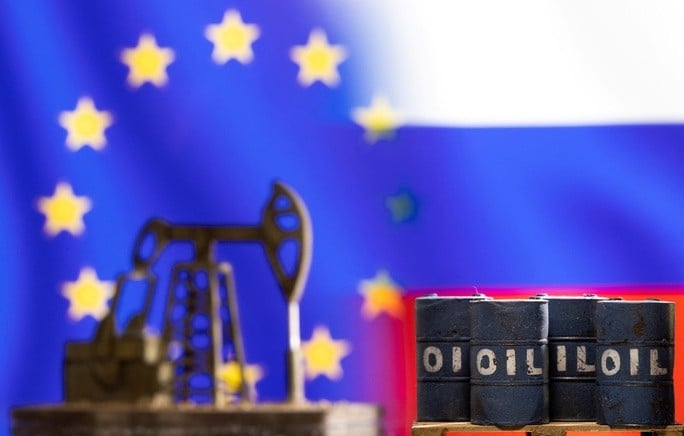 |
| The recovery of Russia's oil and gas revenues is another important indicator of the complete transformation of the Russian economy. (Source: Reuters) |
Still oil - heavy discount, selling above ceiling price
“The share of Russian oil and oil products on the world market is too high, so it is difficult to isolate them without shocking the rest of the world,” said Olga Belenkaya, head of macroeconomic analysis at Finam.
In fact, the West does not want this, which is why we do not see a strict oil embargo, but rather restrictions in the form of price caps. So it is not surprising that Europe continues to consume Russian energy resources, only now it does it through third countries.
For example, oil products arrive in Europe from India and Türkiye, which profit from their role as intermediaries. In order to change the logistics supply and find new buyers for its oil and oil products, Russia has had to offer significant discounts.
“At the beginning of the year, the discount on Russian oil exports compared to international standards amounted to $34-35 per barrel, and in the first half of 2023, the budget received less than 500 billion rubles from oil and gas. But as the supply chain adapted and Russia reduced production and exports in coordination with OPEC+, the discount narrowed significantly, which contributed to an increase in oil and gas revenues,” Ms. Belenkaya noted.
According to Reuters estimates, budget revenues from oil and gas will increase to approximately 733 billion rubles ($7.6 billion) in September. This is 14% higher than the previous month. And this figure will be even higher in September 2022, when budget revenues from oil and gas will reach 688 billion rubles.
Russian oil has been selling at a premium to the Western price ceiling for several months now. Moreover, the discount to Brent has tripled, from $35 at the start of the year to just over $11 a barrel in mid-September, according to the Russian Finance Ministry.
The average price of Urals oil from August 15 to September 14 was $77 per barrel compared to $88.61 per barrel for North Sea oil. Thus, after 1 month, oil prices in Russia have increased by almost 10%.
“We expect Russia’s oil and gas revenues to continue growing as the government plans to further reduce the Russian oil discount to standard levels,” said analyst Chernov.
Weak Ruble, Sanctions Delay
The only thing that is needed to adapt to such an economy is a weak ruble. According to the forecasts of the Ministry of Economic Development, in the coming years one dollar will cost no less than 90 rubles.
“Balancing the budget and the current account requires a weak ruble. In addition, Russia is forced to switch from strong currencies (dollars and euros) to currencies of friendly countries and the ruble. The share of the ruble in exports has increased from 13% in February 2022 to 42% in the middle of this year, but its share in imports has remained virtually unchanged (around 30%).
As a result, hard currency received in Russia is unlikely to be enough to cover the import needs of citizens, businesses and people traveling abroad, which puts pressure on the ruble exchange rate and negatively affects inflation as well as the purchasing power of ruble-denominated income and people's savings.
Domestic demand also increased significantly more than initially forecast, both household consumption and investment, experts noted.
“Domestic demand has recovered to the level of the fourth quarter of 2021. This was largely achieved through large-scale government spending, budget payments to citizens, preferential lending programs and a rapid recovery of imports,” Mr. Belenkaya stressed.
But on the other hand, it is necessary to take into account the risks to the Russian economy, which include not only new sanctions pressure from the West, but also domestic issues that require attention.
“Adaptation occurs as the structure of the economy changes with a decline in technological quality, and in the future this lag may increase due to sanctions. The shortage of labor resources has increased, which will limit the ability to expand supply,” Mr. Belenkaya warned.
The Bank of Russia is currently trying to cool demand with high interest rates, which will hit mainly the market (unsubsidized) sector of the economy, possibly leading to a significant slowdown in economic growth next year."
Source








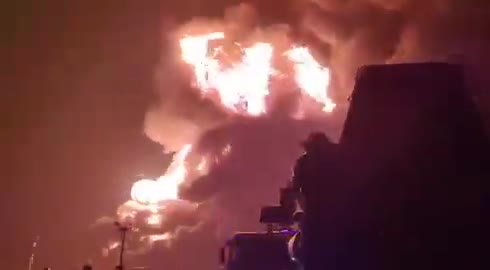

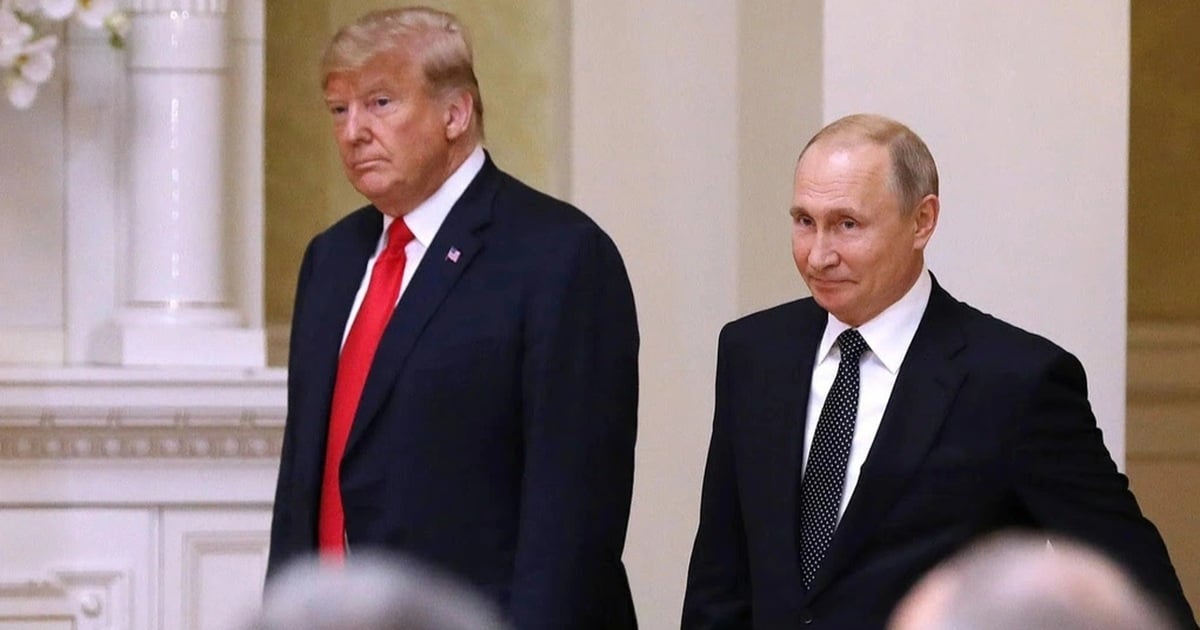

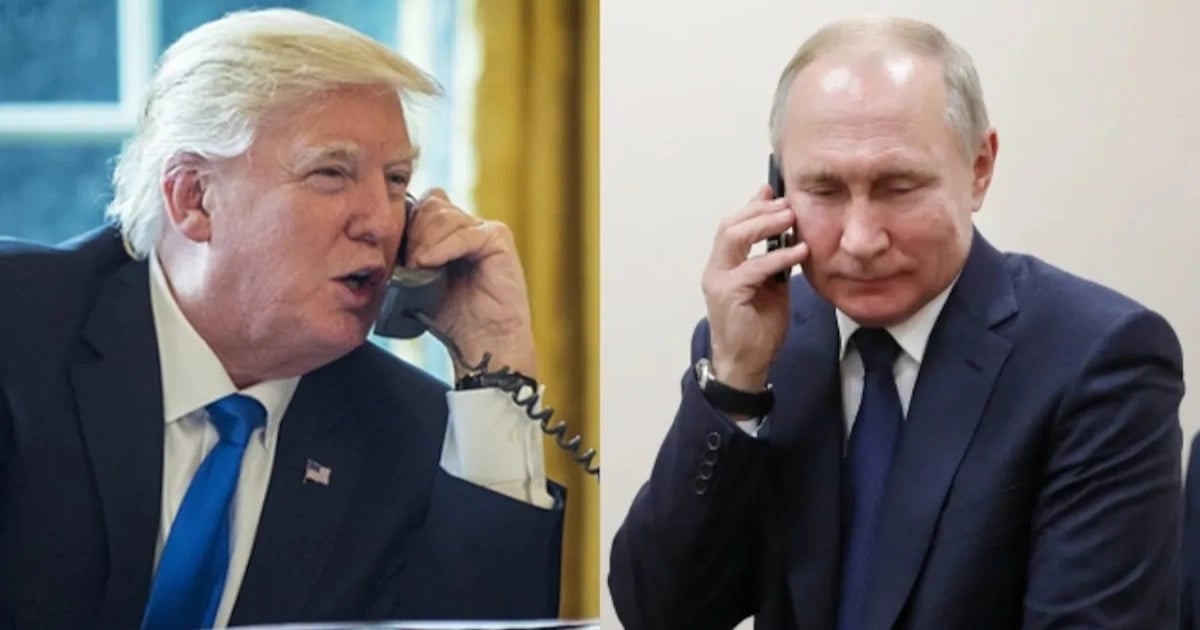
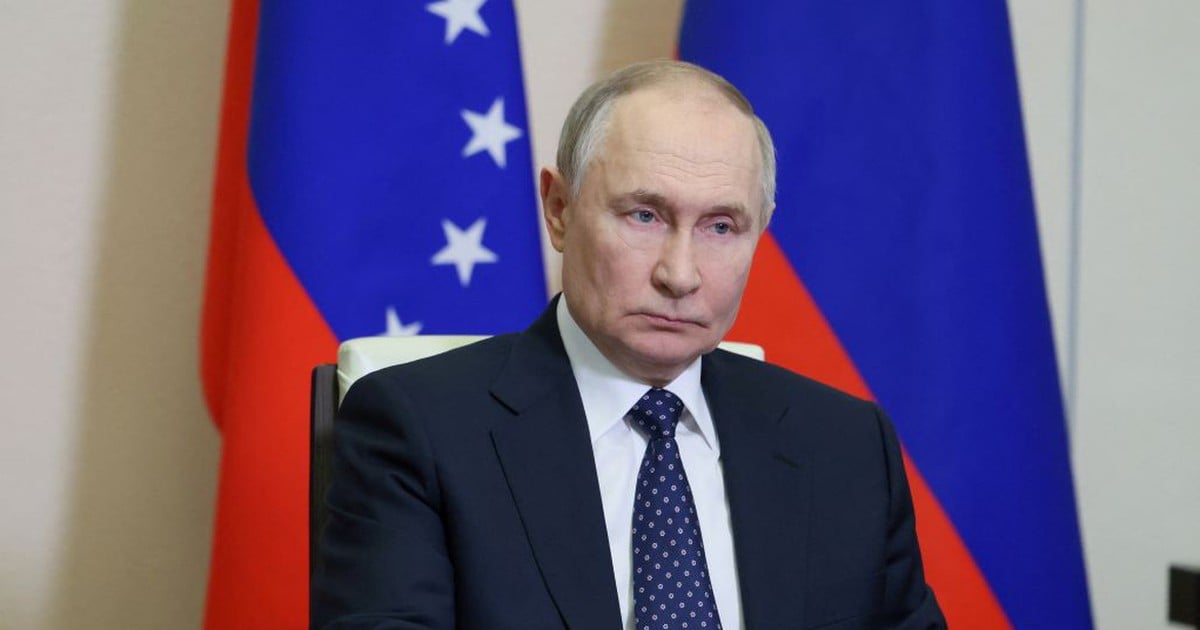







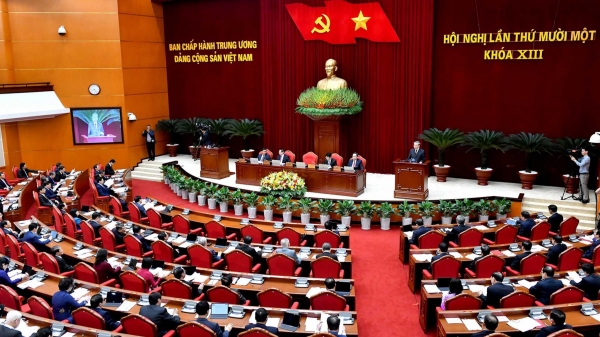


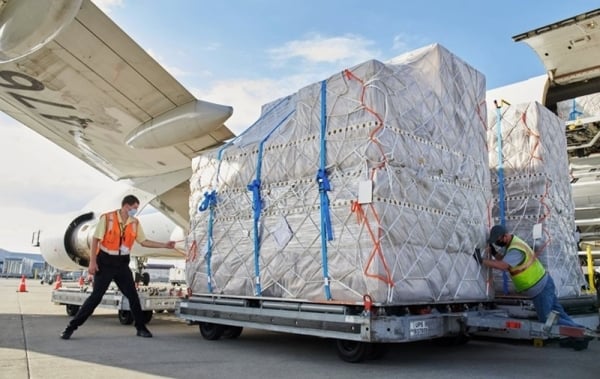







![[Photo] "Beauties" participate in the parade rehearsal at Bien Hoa airport](https://vstatic.vietnam.vn/vietnam/resource/IMAGE/2025/4/11/155502af3384431e918de0e2e585d13a)











































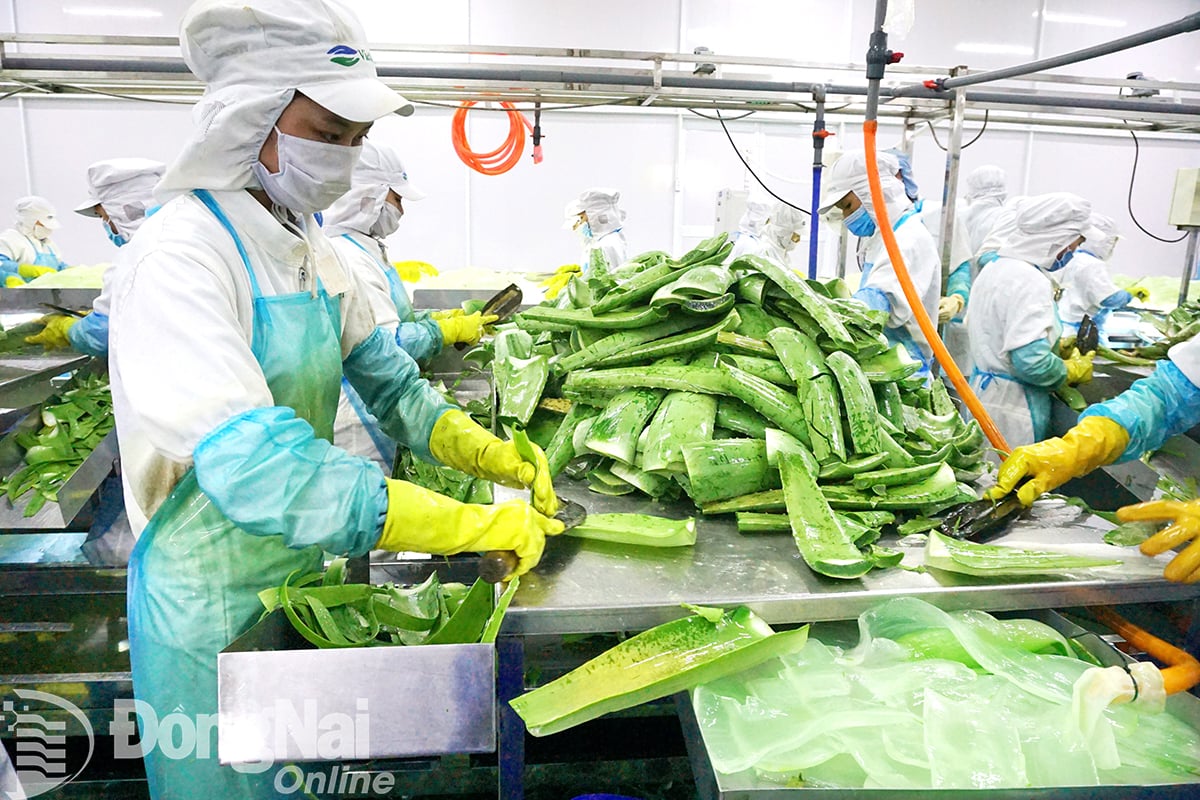















Comment (0)